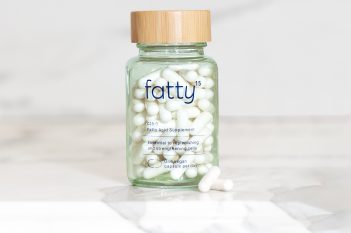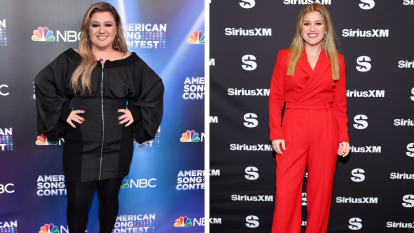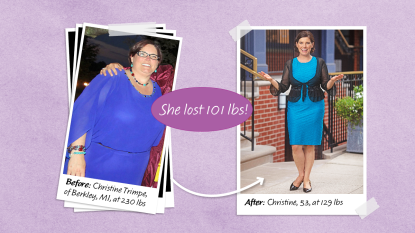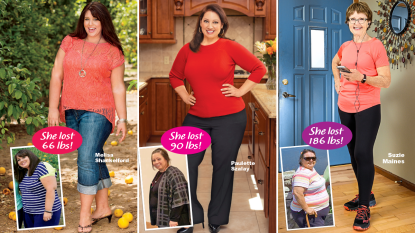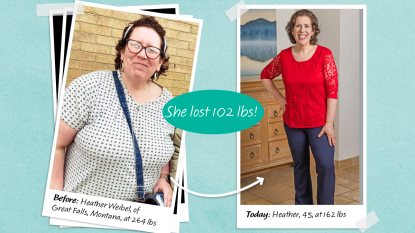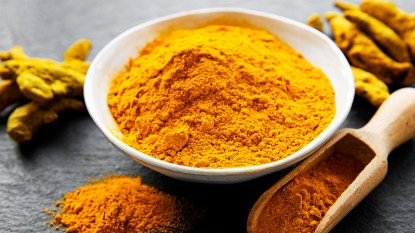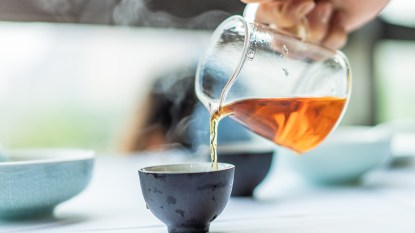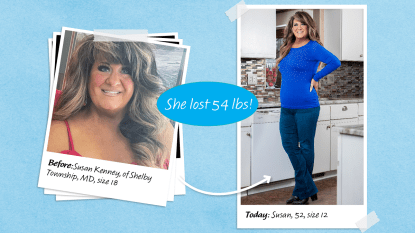You Can Still Drink Wine and Lose Weight — Here Are The Lowest Calorie Blends

With blazing summer temperatures in full swing, ‘tis the season of plenty of park picnics, beachside BBQs and post-work drinks on a nearby rooftop terrace. But depending on what you’re drinking, those cocktails may pack some serious punch when it comes to your carbohydrate and sugar intake.
It’s well known that light spirits (like vodka and gin) are far and away the lowest calorie options – vodka soda with lime is a calorie-counting classic for a reason! — but what about those who prefer to sip on a nice glass of Sauvignon Blanc mid-afternoon? Is there any hope for us?
Turns out, there is a way to enjoy your Pinot and still stay on track with a healthy diet — and it all goes back to basics. Calories in wine are comprised of two different components: the sugar content and the alcohol content. That means that a varietal with more sugar and a higher alcohol percentage will ultimately contain more calories — but the most important factor is the amount of calories from sugar.
White Wine
According to WineFolly.com, when it comes to white wines, if you’re looking for less calories you’ll want to go with a dry varietal, whether it is low or high in alcohol content. Both have anywhere from 0-20 calories from sugar. Examples of light alcohol dry whites include the perennial classic Pinot Grigio, as well as Albarino and Picpoul, whereas a high alcohol dry white may refer to Chardonnay, Sauvignon Blanc or Muscadet.
A low alcohol sweet white (with a 6-9% ABV) like German Spaitleze Riesling, Moscato or Chenin Blanc, falls somewhere in the middle when it comes to caloric intake (think between 111 to 147 calories per 6 oz glass) — but a whopping 40 of those calories come from sugar.
Sparkling wines are a bit higher on the calorie scale, with 158 calories in total per 6 oz serving, but only approximately 8.5 of those calories come from sugar, especially if you’re drinking a dry Brut. So many people opt for bubbles to stay trim. If you are really counting calories, you’ll want to stay away from high alcohol sweet wines like Auslese Riesling and Gewürztraminer.
Red Wine
Red wines are often cited as the healthiest varieties due to the skin contact time during fermentation. This means that the grape skin isn’t removed while the wine is made — and that skin is chock full of some powerful antioxidants, like procyanidins.
You may have heard of the 2011 study out of Harvard University, which found that normal-weight women who consumed one glass of wine regularly experienced less weight gain and a lower risk of being overweight compared to non-drinkers, over a 13 year period. The Mayo Clinic even advocates for the odd glass of red wine as part of its Mediterranean Diet plan.
But as heart-healthy as those reds may be, they aren’t all exactly low-cal. And yes, region does matter. According to Shape.com, researchers have found that wines from Southwest France (Bordeaux) and Sardinia have the highest levels of those magical antioxidants.
A high alcohol red — which can be any varietal from Pinot Noir to Cabernet with an alcohol percentage between 13.5% and 16% — may have as many as 195 calories per 6 oz glass. But light alcohol reds, any wine with 11%-13.5% ABV per 6 oz glass, only rack up between 135 to 165 calories — and very few, if any, of those calories come from sugar. Score.
So, while all is not lost when it comes to indulging in an occasional glass of wine without compromising that summer body, it’s important to be aware that if you do have a glass or two too many, you may be tempted by some less-than-healthy food choices or experience a restless night’s sleep — neither of which are great when it comes to sticking to your weight loss goals.
Still, there’s no harm in a glass of a low alcohol red or dry white wine now and again. Life is all about moderation, after all!


